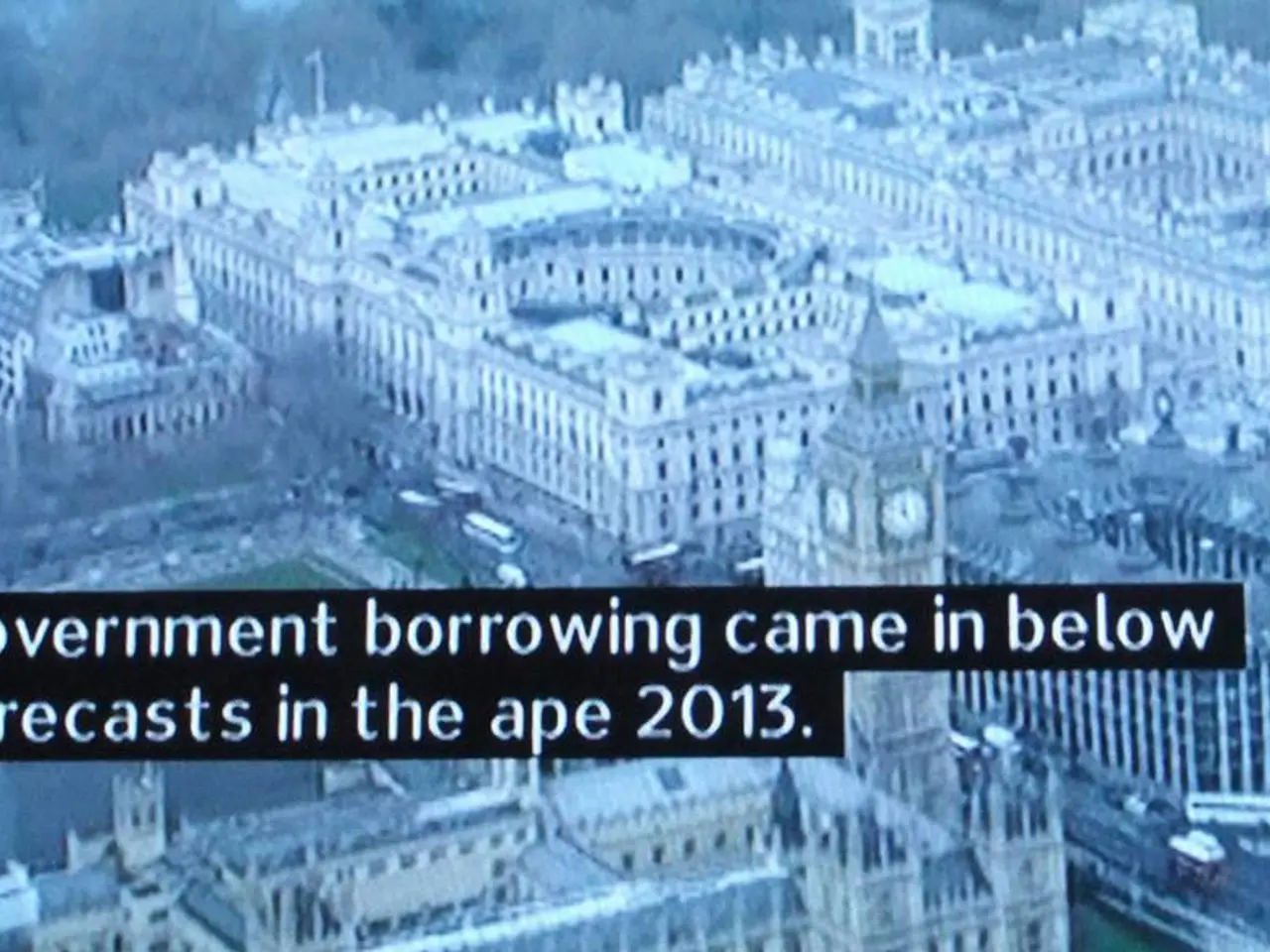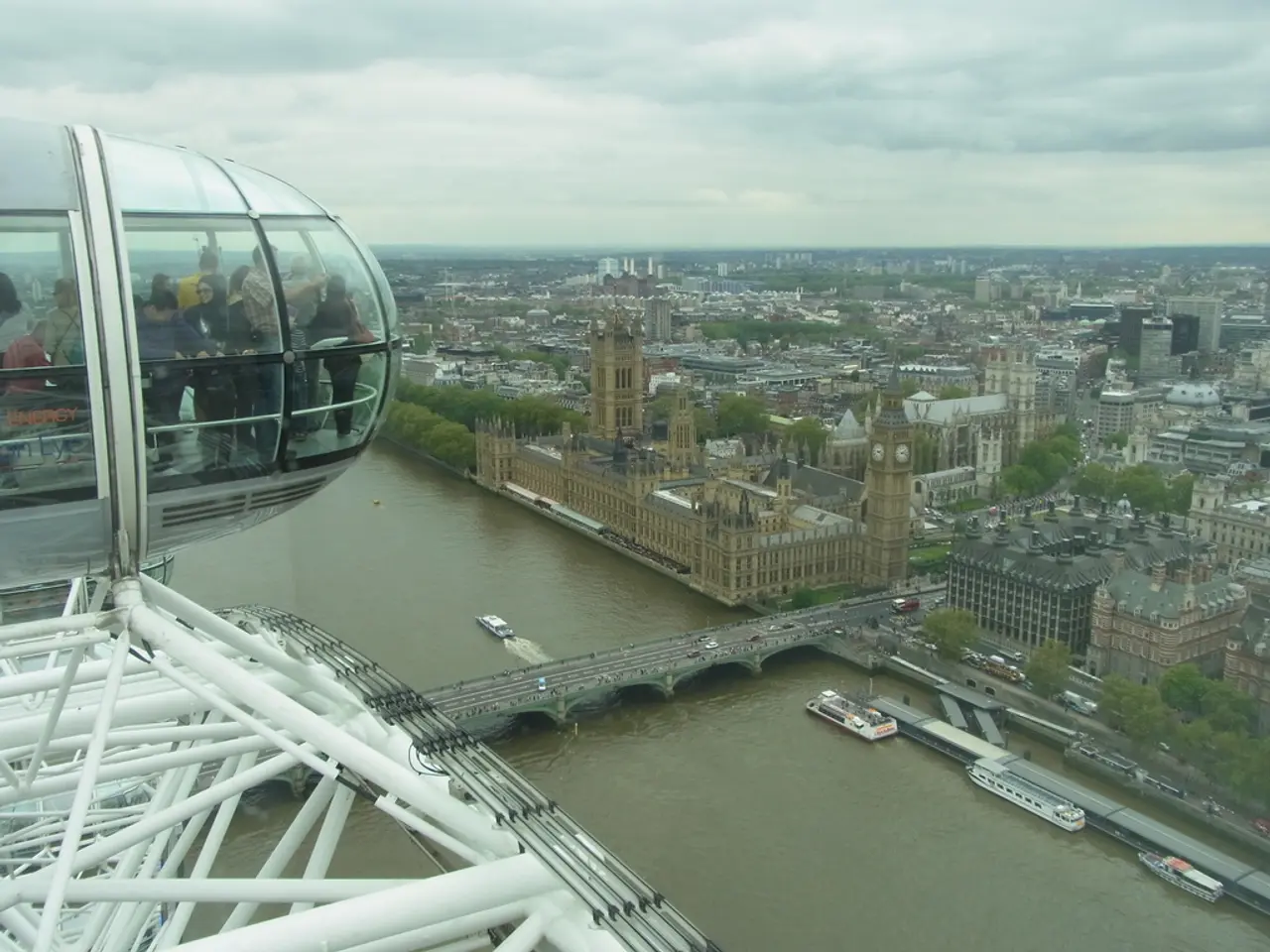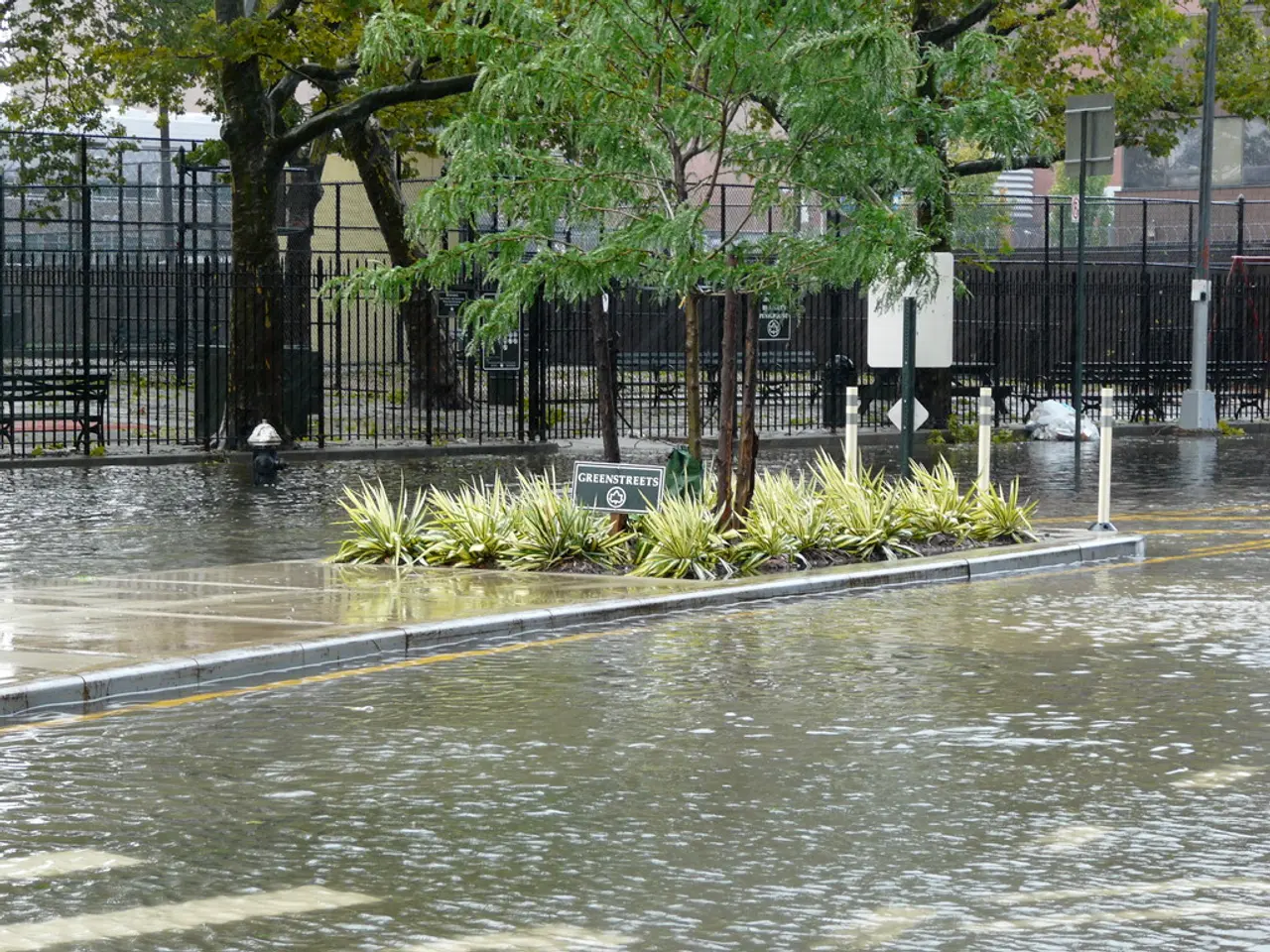Rising costs behind increases in car insurance rates
In recent years, car insurance premiums have been on the rise, leaving many drivers feeling the pinch. But what exactly is driving this increase?
External factors such as inflation, rising car repair costs, and an increasing number of uninsured drivers are significantly contributing to the upward trend in car insurance premiums.
Inflation, hitting double digits in 2023 and higher energy bills, have broadly affected the cost of goods and services, including labor and parts needed for car repairs. With car parts becoming scarcer and more expensive due to supply chain disruptions and increased demand for newer, more complex vehicles, repair costs have surged, rising over 10% annually since 2022, with average repair expenses reaching nearly £4,721 as of 2023. This escalation directly increases the claims insurance companies must pay, pushing premiums higher.
Uninsured drivers also add to insurers' costs. When insured drivers are involved in accidents with uninsured motorists, the insurer often must cover those losses, contributing to claim expenses. The Motor Insurers' Bureau reported a rise in the cost of claims associated with uninsured drivers from £328 million in 2019 to £452 million in 2024.
Extreme weather events linked to climate change further compound these issues by damaging more vehicles through floods, hurricanes, and wildfires, increasing claim frequency and severity. Flood-damaged vehicles even pose challenges when fraudulently sold, potentially leading to complex claims.
The Financial Conduct Authority (FCA), the UK's insurance regulator, confirms that these external costs drive premiums rather than insurer profit-seeking. Insurers respond by incorporating these costs into pricing models, thus raising premiums to maintain financial stability—leading to notable premium increases, sometimes as much as 22% in the U.S. by late 2025.
The FCA has introduced rules to stop insurers from favouring new customers over existing ones, and it has raised concerns about referral fees from credit hire firms and claims management companies, which it claims have slowed down claims and increased costs. To address these issues, the FCA suggests the government could help reduce repair delays and labor costs by boosting the supply of skilled labor.
In a bid to help consumers, the FCA encourages policyholders to shop around for car insurance to avoid paying more due to inertia. By considering the type and level of cover they need and purchasing a vehicle in a lower tax bracket, drivers can potentially cut their car insurance premiums.
In summary, inflation, rising repair costs, uninsured drivers, and climate-related damages escalate insurance claims expenses, prompting insurers to raise premiums. Insurers address these by adjusting rates and managing claims processes within a challenging cost environment. Shopping around for car insurance and understanding the type and level of cover needed can help consumers avoid paying more than necessary.
Personal-finance management becomes crucial as car insurance premiums increase due to external factors such as inflation, rising repair costs, and an increasing number of uninsured drivers. The Financial Conduct Authority advises policyholders to shop around for car insurance to ensure they are getting the best deal.




